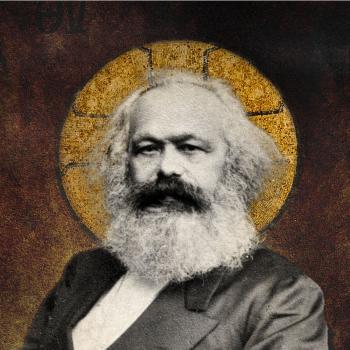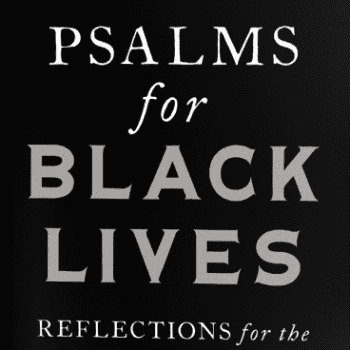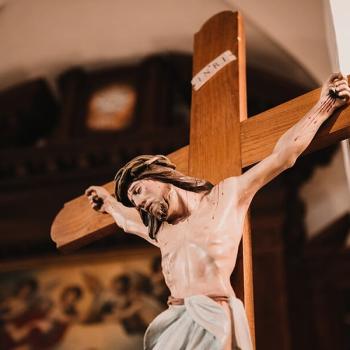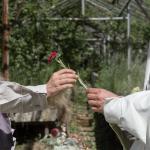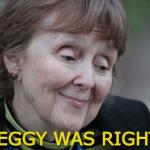“We don’t really count the shooter as a victim,” FBI Special Agent Paul Wysopal said at a Monday morning press conference and reported today in the New York Post. That makes perfect sense: Perpetrators are not victims; they are victimizers. Therefore, the number of victims in Orlando was changed today from 50 to 49 and we will not see 50 candles burning in memory of the deceased. This should surprise no one. But not everyone feels that way.
A pastor serving a church in Binghamton, New York, left a 14th candle at the site of a vigil for the 13 victims of a mass murder perpetrated by a Vietnamese immigrant in 2009 at the American Civic Association. Within an hour of being left there, the 14th candle and marker were extinguished and smashed to bits. This should surprise no one. But not everyone feels that way.
In 2008, I presided over the funeral of a Latino hate crime murder victim who was killed by seven teenagers from the local high school. I reached-out to Archbishop Desmond Tutu for support. He wrote to me from London that he was praying for me; for our church; for the victim and his friends and family; for the victimizers and their friends and families; and for the entire community that had also been horribly wounded. Taking his advice, I became “friends” with some of the families, especially the father of the killer. This should surprise no one. But not everyone feels that way.
Killers can also be victims. This does not mean that they should not be held accountable for their horrific crimes. The killer in my community was a victim of stupidity. He was also the victim of perhaps countless childhood dinner table discussions about the “bad guys” (Latino immigrants) who were moving to town in large numbers. He was a victim of indoctrination by civic, political and (yes) even religious leaders who were intentional or unintentional carriers of the virus of hatred and bigotry.
Omar Mateen told Orlando police in a 9-1-1 call that he pledged allegiance to ISIS. But he also mentioned other people and radical Islamic organizations ~ many of which are seen as competitors, not allies, of each other. Was Mateen a victim of mental illness, grasping for an excuse for his behavior? Perhaps he suffered from a cracked mind and porous soul.
The FBI told CNN that the agency was “highly confident” that the gunman was radicalized, at least in part, by viewing extremism on the Internet ~ and that there was “potential inspiration” by terrorist organizations. Was Mateen a victim of being radicalized and inspired to commit acts of extremism and terrorism by the Internet? Are we naïve or nuts for delivering our children up to unbridled and unlimited access to hate and terror via sophisticated images tailored for them and broadcast free of charge to them on the Internet?
In our understandable rush to carve the world into hemispheres of perpetrators and victims ~ we risk stopping with a candle and a prayer vigil until the next incident occurs (and we all know there will be another). We want to hate the hater and project the capacity for evil on everyone else. We want to separate hate speech from hate acts, as if there is no relation.
Part of me wishes that Mateen had lived so that we could kill him. But part of me wants to light a candle for the killer and those who were killed by him. Today I light a candle for mercy for a world that seems at times to be hopelessly messed-up and broken into countless pieces. And today I pray for wisdom so that no killer can succeed in convincing me to kill parts of myself with the self-inflicted wounds of hatred and fear. Therefore, today I light a candle for us all.
Dwight Lee Wolter is the author of three books on forgiveness and the pastor of the Congregational Church of Patchogue on Long Island. He blogs at dwightleewolter.com









